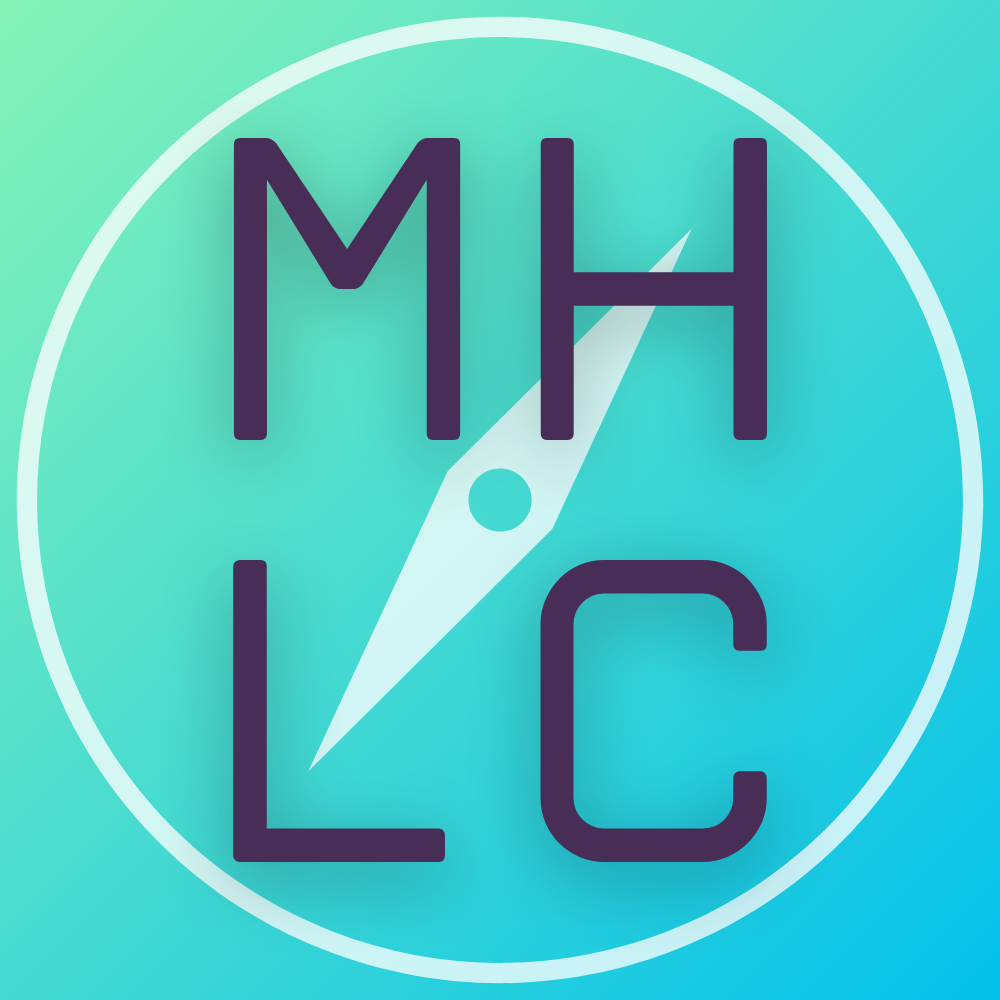Up on the Watershed
A Guest Post By Kathleen Ethier
There are times of transition where you have the opportunity to look back and see where you’ve been and chart a path forward. Sometimes those transitions are chosen and sometimes not so much. I was remembering an old Indigo Girls song called Watershed about the choices we make, the forks in the road, and agonizing about the way forward. Watershed moments are those where there is a dividing line, like a geographical watershed that separates water flowing into different river basins and marks a significant change of course or a point of historical importance after which things are permanently different.
I’ve been having my own personal watershed for the last year. I’m a psychologist who spent many years at the Centers for Disease Control working on how to champion young people and their health and well-being. I retired from federal service in January to start a new role helping organizations be their most effective in supporting the populations they serve and grappling with hard questions about what young people need and how to provide for them. Learning new ways of working, striving to stay centered in what I know, without a title or a huge organization to back me up is stretching my brain and my heart in completely unexpected directions.
At the same time, we are at a watershed moment in how we come together to support young people in our states, communities, and families. As I’ve written about this year, national leadership from the federal government is waning, after years of building an increasingly strong base of support. We’re losing science-based guidance, new research, funding for upstream prevention programs and mental health services for young people who need them. We have no idea what the consequences will be, but it could be damaging for years to come.
So, how do we take this moment and head down the right path? For me, it feels like it starts with connection. We know that young people who feel more connected to others in their families, schools and communities feel better and do better. I think the same is true for those of us trying to make a difference in a chaotic world. Over the past few months, it’s felt really heartening to be able to connect to organizations like the Mental Health Literacy Collaborative and to be a part of their Community of Practice meetings to engage with others who are fighting the same fight.
It also takes working across different perspectives with a sense of collaboration rather than competition. It feels trite to talk about how divided we are as a country, but there is no other way to say it. One of the things I admire about MHLC is that they meet people where they are and find ways to create approaches that work across a variety of perspectives. Working together toward a common goal feels like the right thing to do, not only in service of young people, but to support our own needs for purpose and agency.
Third, we need to lift up the voices of young people while also supporting their continued understanding of their own mental health – building their mental health literacy and hearing their ideas about how best to provide the scaffolding they need.
These times seem scary. But the definition of a watershed is that there are choices laid out before us and the road ahead is not predetermined. All of us who care about and want to work toward a better future for young people have an opportunity and role to play if we work together, listen to each other and to them, and learn new ways of being on the path forward.
About the Author
Kathleen’s purpose – whether in government, academia or now in the private sector – has always been to make sure that young people, their families, and communities are engaged and sustained with the resources they need to support their health and well-being. As a social psychologist retired from federal service after 25 years at the Centers for Disease Control and Prevention, Kathleen has focused on psychosocial, behavioral, and environmental factors related to adolescent mental and physical health. Prior to joining CDC, she spent six years on the research faculty at Yale University studying HIV, STDs, and unplanned pregnancy prevention among women and adolescents. She spent her first years at CDC as the lead senior scientist on adolescent health issues in the Division of STD Prevention, her middle 8 years in the CDC Office of the Director, as the director of the Program, Performance, and Evaluation Office, and her last 8 years as the director of the Division of Adolescent and School Health. In each of those roles, she focused on the intersection of data, research, and effective programs, looking to strengthen and increase impact.


